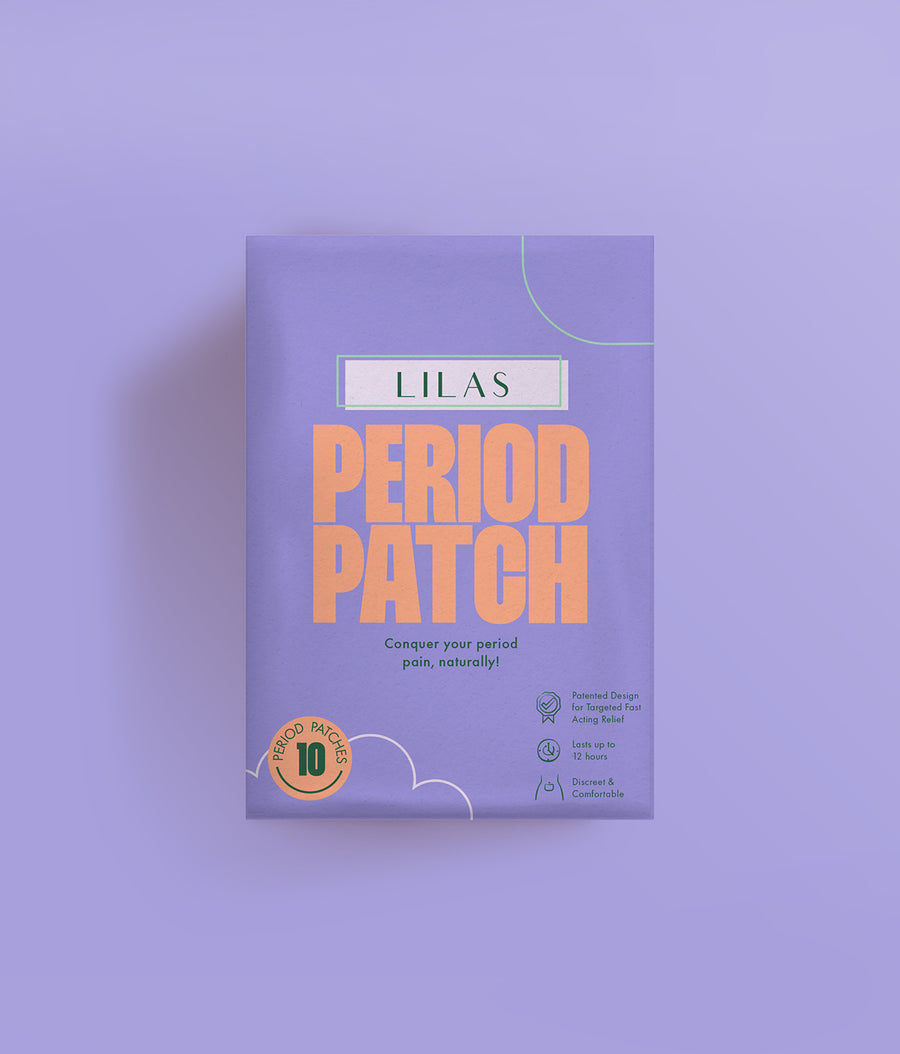The number one reason women are more likely to suffer from migraines
Migraines cause over 39 million people to suffer from painful, throbbing headaches, nausea, and blurred vision daily. Despite the profound impact it has on the quality of life for so many individuals, there is a serious gap in addressing the way that migraines affect women’s health. In fact, women are three times more likely to suffer from migraines than men. Why is that the case?
The answer is quite simple—hormonal changes. Fluctuating estrogen levels correlate to women reporting episodic and chronic pain more frequently and for a longer period of time than men. Estrogen regulates the female reproductive system and controls chemicals in the brain that impact pain perception. A drop in estrogen levels can often cause a headache, usually in the form of a migraine, which can last from four to 72 hours. Hormone level fluctuations can occur for various reasons, but most women report migraine symptoms commonly around menstruation, pregnancy, and menopause, and hormonal contraception.
However, hormonal changes are not the only reason women are more prone to experiencing headaches. Dehydration, anxiety, stress, overstimulation, medication, and many other triggers can cause migraines in both men and women.
Menstruation
Menstrual migraines can occur up to 2 days before and 3 days after your period begins as estrogen levels drop to prepare the uterus for menstruation. These types of migraines normally result in more severe symptoms and are more difficult to treat than other types. Roughly 7 to 19% of women suffer from menstrual migraines.
Contraception
Hormonal contraception, such as birth control pills and vaginal patches and injections, also affects hormonal levels. These medications can lower or increase estrogen levels and their impact on migraines can vary. Some women find that they have fewer migraines when taking contraceptives while others experience more pain or find no effect at all. Additionally, contraceptives that reduce or eliminate periods can be used to treat severe menstrual migraines.
Pregnancy
During pregnancy, estrogen levels rise quickly to help the placenta and uterus better transfer nutrients and support the development of the fetus, particularly in the first trimester. Postpartum, estrogen levels drop as the hormone is no longer needed in such large amounts to support a pregnancy. As a result, nearly two-thirds of pregnant women who suffer from migraines find that their symptoms improve significantly during their first trimester and more than 75% find that they improve or even disappear throughout the following two trimesters. However, this is not true for all women—15% of women report their migraines worsen during the first trimester and some even noticed no change in symptoms.
Perimenopause and Menopause
As the female body prepares to shut down the ovaries in perimenopause, the years before menopause, it undergoes intense fluctuations in estrogen levels, oftentimes worsening migraine symptoms. However, as menstruation ends in menopause, the hormone levels cease fluctuating and migraine symptoms reportedly decrease significantly.
Treatment options for migraines differ greatly on the type of migraine experienced. Based on the severity of the headache and general health, migraines can be treated with either preventative or pain-relieving medications or lifestyle and home remedies, such as hydration, regular exercise, nutritious food, daily vitamins, and relaxation.
While the link between hormones and migraines has been acknowledged, scientists are just beginning to explore the factors that put women at a greater risk of suffering from migraines. Little research has been done thus far to understand the nature of sex-related differences in migraines or their clinical consequences. The reasons for the gap in clinical migraine research stems from gender bias, in addition to the lack of understanding of various neurological and physiological mechanisms underlying migraines and the endocrine system.
However, recent NIH requirements aim to remove gender bias in clinical research. As of 2016, grant recipients must take sex into account as a variable in human and animal studies. Studies examining various social, cultural, and psychological factors that might contribute to the sex-related differences in migraines aim to resolve the unanswered questions of why women are more likely to suffer from headaches and how we can improve care for those affected.
Check out more resources about migraines, hormones, and women’s health here:


Leave a comment